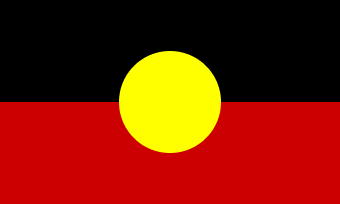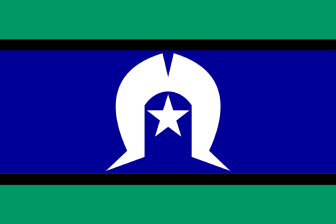
Wednesday 1 March marks the first anniversary of new miracle
treatments for hepatitis C becoming widely available in Australia.
In that time nearly 15% of people living with the deadly
virus have accessed treatment. For these
people it has been a lifesaver.
However, it still leaves around 200,000 people who could be cured, but aren’t as yet. They
are still living with the very real prospect of developing liver cirrhosis, if
not liver cancer, unless they seek treatment for their condition.
Hep C survivor, Jane Little is concerned that many of these
people simply have no idea they are living with the potential time bomb.
“I could have contracted hepatitis C in the late 1970s or
early 1980s when I was a bit of a wild child and dabbled in intravenous drug
use. Or I may have contracted it through other medical situations, as there was
no blood screening before 1989,” says Jane.
“How I contracted the virus is irrelevant. The point is I had absolutely no idea I had
the disease until 2010 when I was undergoing tests for another health
complaint,” she says.
“It was extremely confronting and I was very upset and angry
as I had transformed my life and given up drinking and taking drugs in 1984 and
felt after living a sober life for 25 years plus, it was very hard to accept.”
Jane says that anyone who has ever shared a needle, even if
only once, must get tested for hepatitis C because there is a real chance that
they could be living with the silent killer.
But the good news is there is a cure. People can be free of
hepatitis C.
Hepatitis Victoria CEO, Melanie Eagle also suspects that
others may be aware of their hepatitis C status, but have no idea that they are
able to access the new, non-invasive treatments, which have a greater than 95%
cure rate.
“If you have previously been diagnosed with hepatitis C, see
your GP and arrange to get treated. Even
if you are symptom free, there is no point waiting to ‘get hit by the bus’,
when such highly successfully treatments are available now,” says Eagle.
Eagle also says more work needs to be done if we are going
to achieve the ultimate goal of eliminating hepatitis C.
“We need to increase treatment rates for people as yet
undiagnosed, those unaware of treatment availability, and marginalised people,
including prisoners, indigenous Australians, and people who inject drugs,” says
Eagle.
“We also need to increase efforts in prevention and stopping
reinfection. This includes access to
clean and safe injecting equipment and facilities,” she says.
Since clearing the virus, and enjoying a renewed energy and
hope for the future, Jane is determined to raise community awareness and
eliminate hepatitis C in Australia.
“I am so grateful for my second chance at life, to be full
of energy and totally ‘there’ to love and support my beautiful children and
grandchildren,” she says.
“My hope is that others will become aware of and access this
life changing-cure, and that ultimately we will achieve the elimination of
hepatitis C in Australia.
“We all deserve to live life well!”











